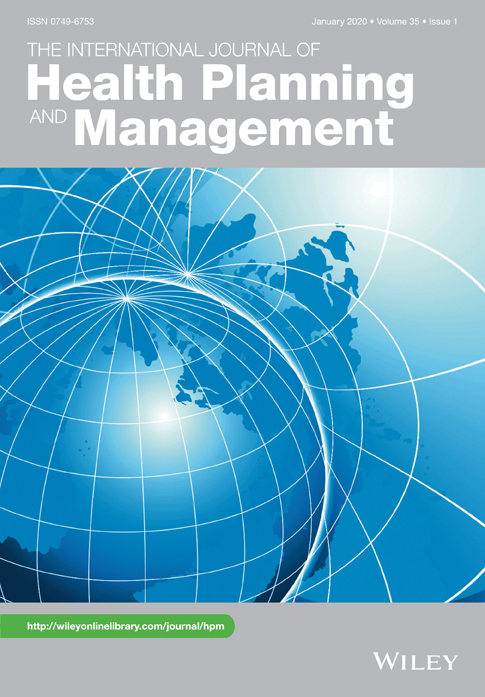Impact of infection control measures on the related costs and the amount of broad-spectrum antimicrobial agents used in a hospital: A time-series analysis
Summary
Health care–associated infections (HAIs) worsen patient prognoses and increase medical costs. Antimicrobial stewardship (AMS), which involves appropriate use of antimicrobial agents and antiseptics, may be beneficial for addressing the issue of HAIs. In hospitals, an infection control team (ICT) plays an important role on the appropriate use of antimicrobial agents and antiseptics based on AMS. We aimed to conduct a time-series analysis of the efficacies of infection control measures in terms of related costs, amount of broad-spectrum antimicrobial agents used (carbapenems and quinolones), and methicillin-resistant Staphylococcus aureus (MRSA) detection rates. This retrospective cross-sectional study included in-hospital patients treated at a single institute between January 2012 and December 2015. The intervention start point (initiation of infection control measures) was January 2014. All survey items were subjected to segmented regression analysis using an autoregressive integrated moving average (ARIMA) model. Differences between pre-intervention and postintervention levels and their trends were assessed, using a statistical significance cutoff of P < .05. The infection control costs demonstrated a significantly increasing trend, despite significant decreases in the amount of carbapenems used. Accordingly, the implementation of infection control measures was associated with increased costs, whereas carbapenem use decreased immediately after intervention. Postintervention levels, trends of quinolone use, or MRSA detection rates did not reveal significant changes. Although implementation of infection control measures induced gradual increases in related costs, these measures led to immediate reductions in carbapenem use. Our study findings will support the establishment of more effective and economical infection control measures.
CONFLICT OF INTEREST
The authors declare no conflict of interest.




